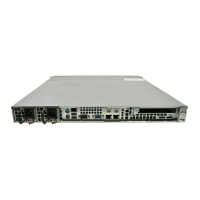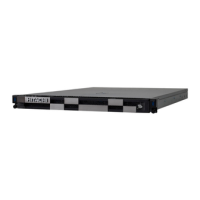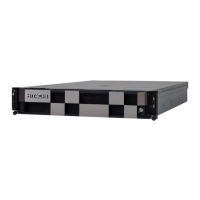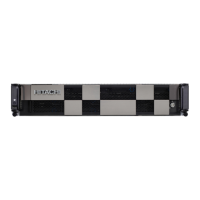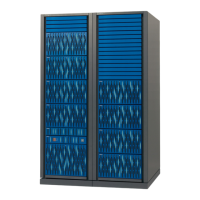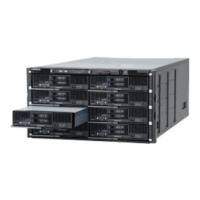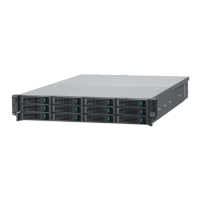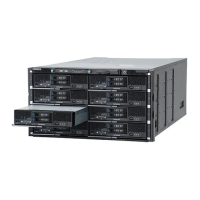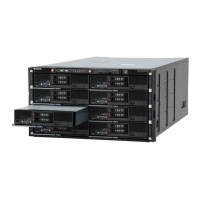13
a) cp SMUsetup_<file_name>.hds.iso /tmp/
b)
cp smu_date_stamp.zip /tmp/
7. Enter
cd / (changes to the root directory)
8. Enter
umount /mnt2 (unmounts the USB drive)
9. Remove the USB drive
d.
Install the SMU Application
i. Mount the SMU .iso file:
•
mount -o loop /tmp/SMUsetup_<filename>_hds.iso /mnt2
ii. Type
/mnt2/autorun
Note: The SMU installation may take up to 20 minutes to install,
followed by a reboot. Make sure you have removed the USB drive
prior to rebooting.
e. Restore the SMU from the configuration backup of the old SMU:
i. Login to the console connection as Username: root Password: nasadmin
ii. Enter
cd /usr/local/bin (Change to the /usr/local/bin directory)
iii. Start the restore:
./smu-restore -f /tmp/<smu_date_stamp.zip>
NOTE: The smu-restore process can take anywhere from 45 minutes to
2 hours. Do not interrupt the process.
iv. Enter
reboot
f. Once the SMU has rebooted, the logon ID displayed should be that of the old
SMU.
i. Login to the console as Username: root Password: nasadmin
ii. Enter
ifconfig (verify that the replacement SMU has the
following ip addresses)
1. eth1 - HDS management ip address (typically 192.0.2.1)
2. eth0 - the customer management ip address
iii. Type
shutdown -h now (this will power off the Replacement SMU)
Replacement of the original SMU
1. Move the Serial/KVM connection to the Original SMU.
2. Login as Username: r oot Password: nasadmin
3. Type
shutdown -h now (this will power off the Original SMU).
5. Physically remove the original SMU and install the replacement SMU.
Perform a sanity check on the new replacement SMU
1. Move the Serial/KVM connection to the replacement SMU.
2. Plug the cables that were removed from the original SMU into the replacement SMU.
(Note: The Replacement SMU port locations may be different.
For SMU 400 port
locations, refer to Figure 2, and for SMU 200 or SMU 300 port locations, refer to Figure 4.
3. Depress the red button on the front of the replacement SMU to power the unit on.
4. Login as Username: root Password: nasadmin
5. Execute
ifconfig (eth0 should report the original customer IP address and eth1
should be 192.0.2.1).

